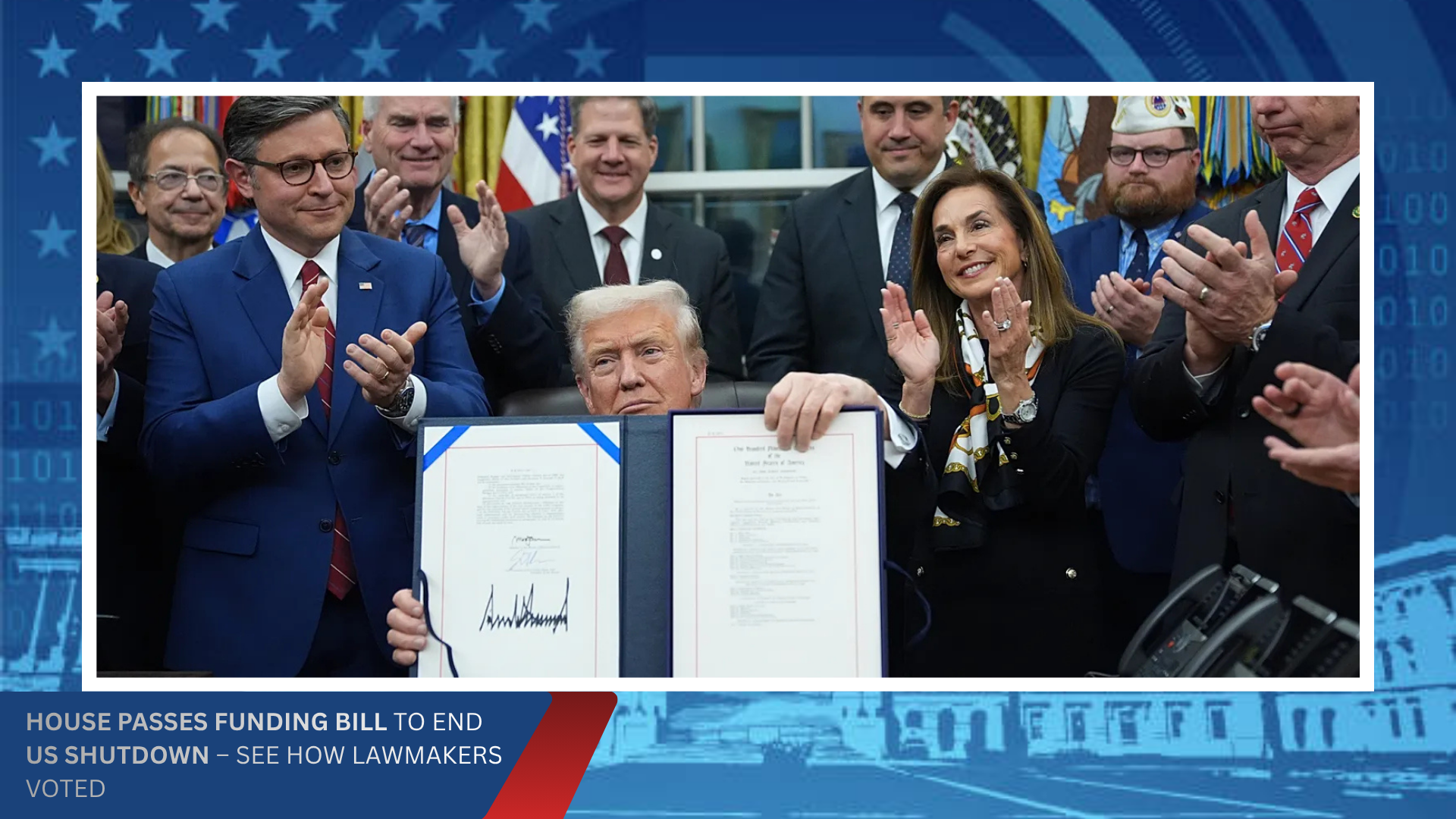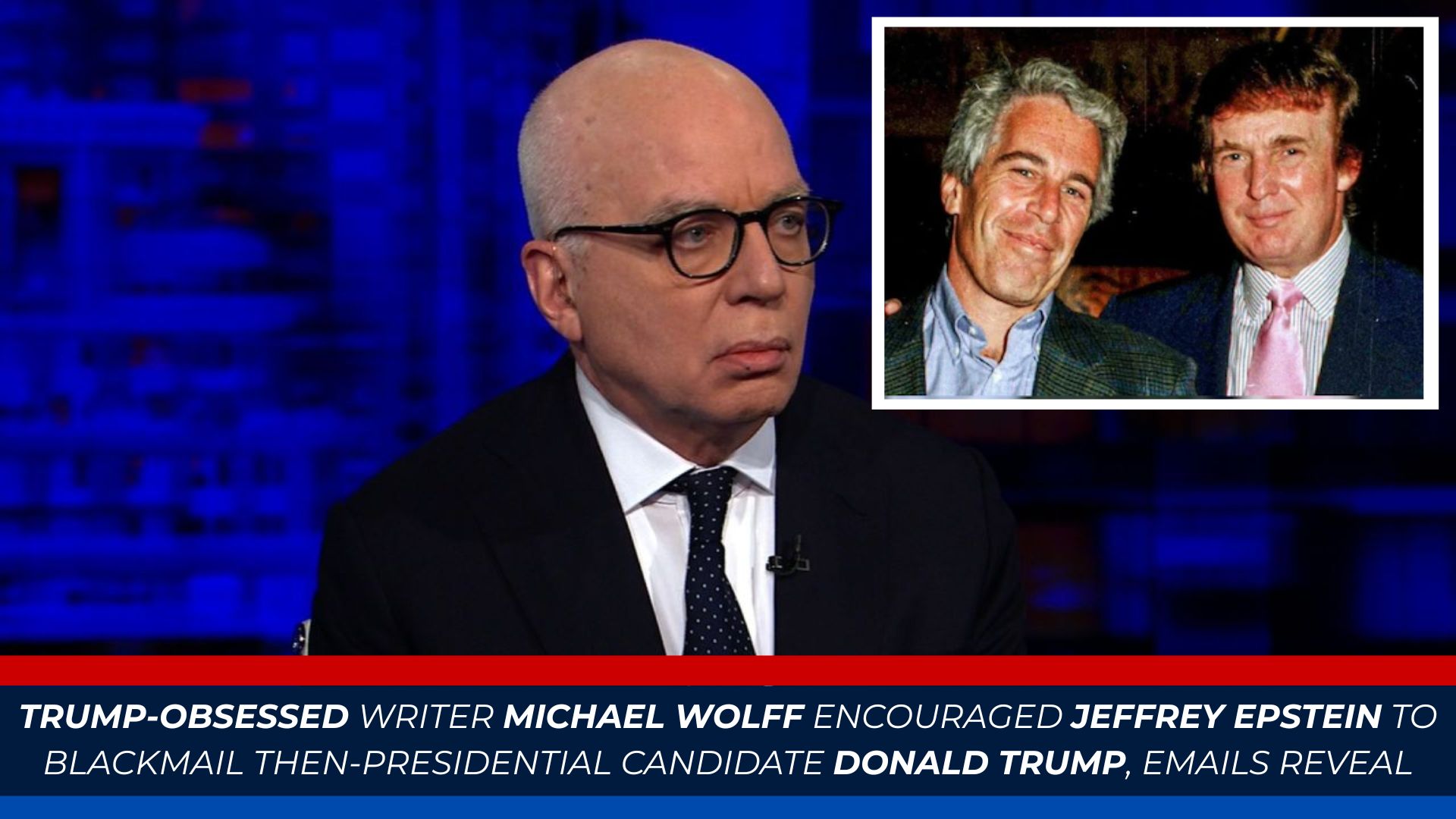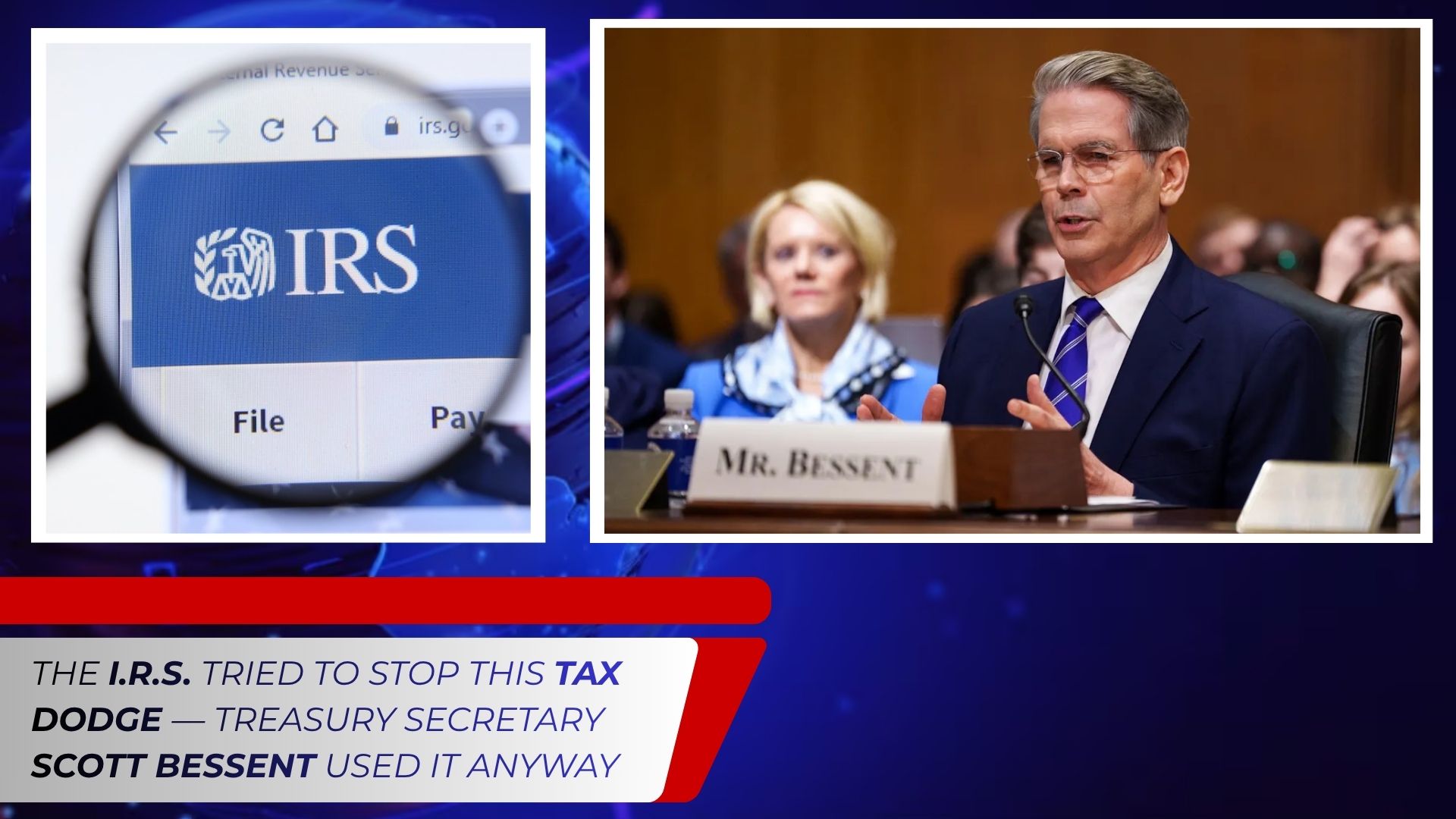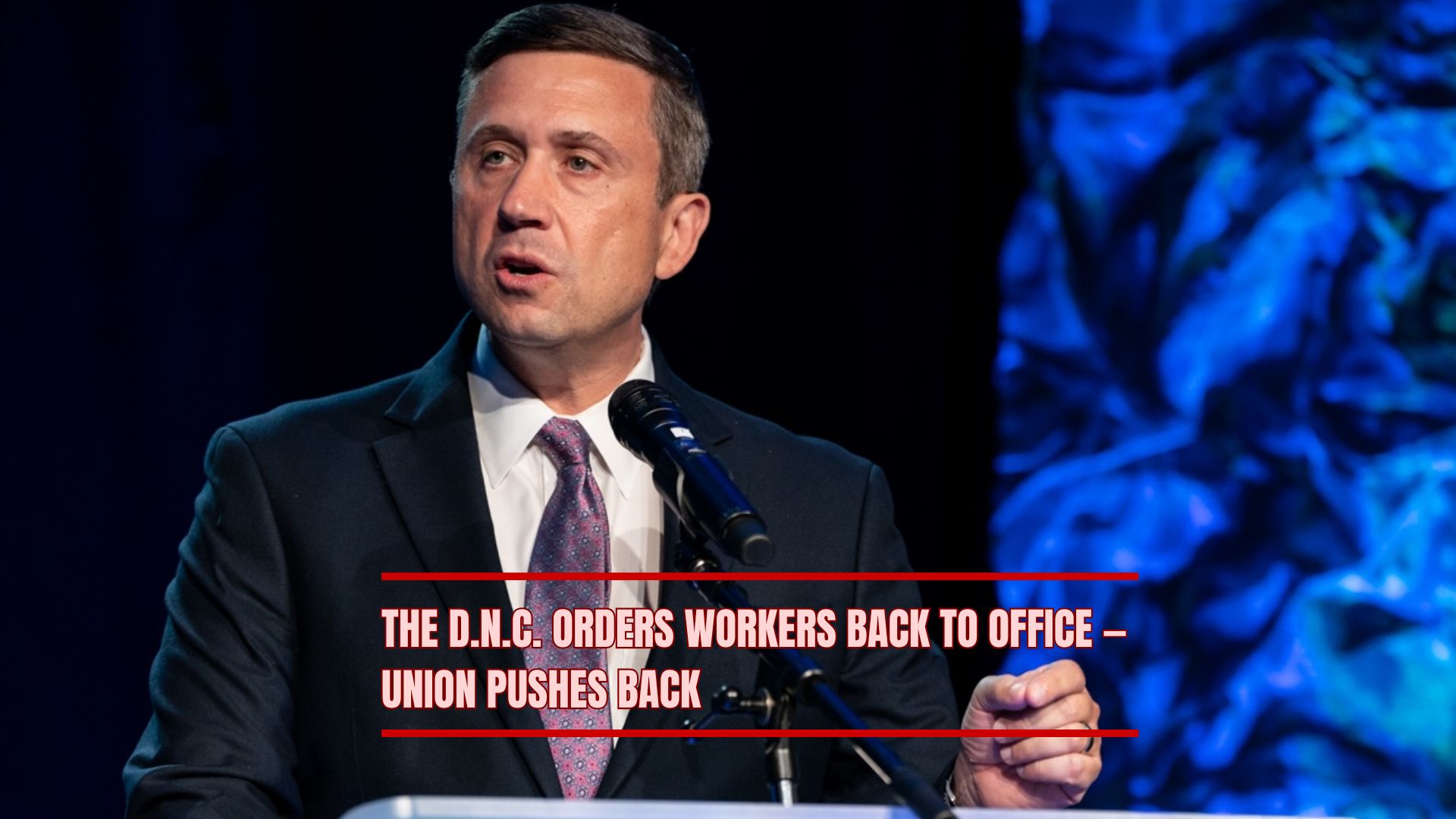As the federal government shutdown drags toward November, millions of Americans who depend on food stamps to put meals on the table are facing a terrifying prospect: a complete halt in benefits. Experts warn that if the Supplemental Nutrition Assistance Program (SNAP) runs out of funding, it could spark the worst hunger crisis in nearly a century, leaving tens of millions of vulnerable families without food assistance.
A Personal Story of Survival
Two decades ago, Sara Carlson, then a single mother of three in Rochester, Minnesota, faced her own struggle with food insecurity. After a traumatic life event left her alone to care for her children, she turned to the U.S. government’s food stamp program — now called SNAP — for help.
“I wouldn’t have been able to afford to live,” said Carlson, now 45, who today works as an operations manager at a wealth-management firm and serves on the board of Channel One Regional Food Bank, a nonprofit dedicated to fighting hunger in her community.
The support, she said, was life-changing. But the safety net didn’t last forever. After she began earning slightly more money, the government cut off her benefits. “I remember the fear of not knowing how I’d feed my kids again,” Carlson said.
Today, she fears millions of families could face the same cliff — only this time, all at once.
A Nation on the Brink
Nearly 42 million Americans rely on SNAP benefits each month, according to the Department of Agriculture (USDA). But if the government shutdown continues, the USDA warns that funding will be exhausted by November 1, cutting off access to food assistance for families, seniors, and people with disabilities.
Joel Berg, CEO of Hunger Free America, didn’t mince words when describing what could come next.
“We will have the greatest hunger catastrophe in America since the Great Depression — and I don’t say that as hyperbole,” Berg said.
SNAP helps working families who earn low wages, seniors on fixed incomes, and individuals with disabilities afford basic groceries. To qualify, participants must generally earn no more than 130% of the federal poverty level, or about $2,694 per month for a family of three. The average monthly benefit is just $187 per person — enough to keep millions from falling into severe food insecurity.
But that lifeline is now in danger.
In a recent letter to regional SNAP directors, the USDA instructed officials to hold payments “until further notice” once the program’s budget runs dry. The warning sent shockwaves through local food banks and social service agencies, which say they are already stretched to the limit.
Political Blame and Budget Battles
As the crisis nears, Republicans and Democrats are pointing fingers over who is responsible.
Republicans have accused Democrats of refusing to compromise, saying their insistence on linking government funding to healthcare subsidy protections has prolonged the shutdown. A USDA spokesperson told Fox News that Senate Democrats must “choose between holding out for healthcare for illegals or reopening the government so mothers, babies, and the most vulnerable among us can receive timely WIC and SNAP allotments.”
That claim, however, is false: undocumented immigrants are not eligible for Affordable Care Act (ACA) subsidies.
Democrats argue the real problem lies in President Donald Trump’s “One Big Beautiful Bill Act”, which the Congressional Budget Office estimated already cut $187 billion from SNAP through 2024. The legislation, passed earlier in the year, slashed funding for multiple social programs, including nutrition and housing assistance.
“Republicans gutted SNAP months ago,” said one Democratic aide familiar with the negotiations. “Now they’re trying to shift the blame as families prepare to go hungry.”
More than 200 Democratic lawmakers have urged the USDA to use contingency funds to maintain benefits through November, warning that failure to do so would represent a “gross dereliction of duty.”
“There are clear steps the administration can and must take immediately to ensure that millions of families across the country can put food on their table in November,” lawmakers wrote in a joint letter to the USDA.
A Growing Divide Over Priorities
The current standoff mirrors broader ideological battles over the role of government. Democrats are pushing to restore ACA healthcare subsidies that expired under Trump’s latest budget cuts, arguing that healthcare and nutrition are intertwined issues.
Berg agrees. “The populations getting healthcare subsidies and those receiving SNAP overlap significantly,” he said. “Both programs serve people living on the edge — people who work hard but still can’t afford life’s essentials.”
Republicans, meanwhile, argue that Democrats are using the shutdown to score political points and resist fiscal reforms. Trump and his allies maintain that cuts to federal spending are necessary to curb debt, even if they temporarily disrupt assistance programs.
Real Lives, Real Consequences
For Brittany, a 38-year-old mother of three from Greenup, Kentucky, the looming cutoff is terrifying. She works 35 to 40 hours a week as a home health nurse and receives SNAP benefits to help feed her children.
“It’s not like I receive benefits and don’t work,” she said, frustrated by stereotypes about SNAP recipients. “They help me get most of the necessities, and then I pay cash for the rest.”
If SNAP funding runs out, she says, she’ll have to take on weekend shifts just to make ends meet — leaving her “hardly any time” with her kids.
Despite her hardship, Brittany remains a Trump supporter and blames Democrats for the impasse. “They’re not agreeing on anything that the Republicans offer,” she said.
Her story reflects the broader political divide playing out across the country — where loyalty to party lines sometimes overrides shared struggles with hunger and poverty.
The Food Banks Prepare
Local food banks are now racing to prepare for a potential surge in need. Many are expanding warehouse capacity, coordinating with churches and nonprofits, and bracing for emergency distributions if SNAP payments stop.
“We’re already seeing more people asking for food,” Carlson said of her work with the Channel One Regional Food Bank. “If the benefits stop, we could see lines out the door. It will be devastating.”
Experts warn that even a short-term lapse in SNAP funding could overwhelm food banks nationwide, which distribute only a fraction of the food volume that SNAP provides each month. “Charity can’t replace federal nutrition programs,” Berg emphasized. “It’s like trying to fill the Grand Canyon with a garden hose.”
What’s at Stake
The shutdown’s economic and moral toll continues to grow. Beyond the statistics and politics are millions of children, seniors, and working parents who simply want to eat dinner without wondering if it’s their last meal with government help.
If the stalemate continues past November 1, grocery spending could plummet, food insecurity could spike by double digits, and hunger could once again become a defining image of American poverty.
%20(4).png)



.png)




